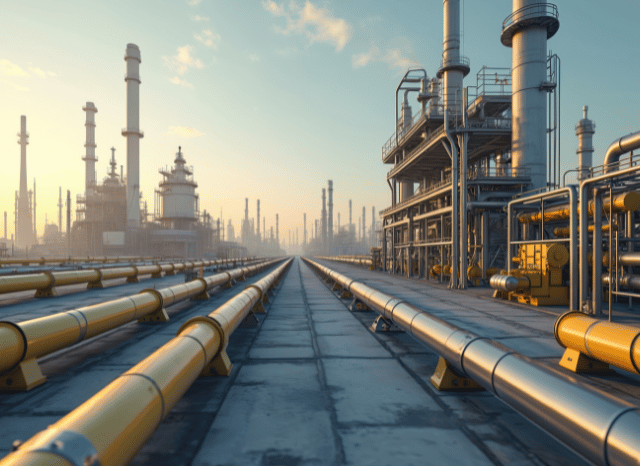
Oman, Germany, and the Netherlands have signed a groundbreaking settlement that would reshape Europe’s Vitality landscape, ushering in a completely new era of environmentally friendly hydrogen imports from the Middle East.
A bold move in the global Vitality transition is using form concerning Oman and Europe. A historic settlement signed before this calendar year paves the way for one of several environment’s first big-scale hydrogen corridors—linking Oman’s large renewable assets to Germany’s industrial hubs through the Netherlands.
The core of the initiative is environmentally friendly hydrogen—made by splitting water via electrolysis powered by photo voltaic or wind energy. This form of hydrogen has captivated world wide curiosity for its prospective to decarbonise sectors which can be in any other case hard to electrify, including major transport, metal manufacturing, and energy storage.
Oman, leveraging its sunny weather and ambitious nationwide technique, aims to become a top world wide exporter of green hydrogen by 2030. Forecasts advise the nation could develop around 1 million tonnes of environmentally friendly hydrogen each year by the end of your decade. A crucial section of the strategy includes liquefying the hydrogen to aid abroad transportation.
Enter the hydrogen corridor: a prepared maritime and logistics route ranging from the port of Duqm in Oman, extending into renewable energy the ports of Amsterdam and Duisburg. Specialised cryogenic tankers, comparable to These used in LNG transport but tailored for hydrogen’s A lot reduced temperatures, will carry the fuel. European ports are currently getting ready the necessary infrastructure to receive, shop, and distribute the cargo.
This corridor is not just a logistical feat—it’s a strategic 1. For Germany, which can be planning to lower dependence on fossil fuels and diversify its Electricity combine, the imports could aid meet its concentrate on of bringing in ten more info million tonnes of renewable hydrogen by 2030. Germany The corridor also aligns with broader EU sustainability targets and industrial decarbonisation efforts.
The project’s importance lies not just in its scale, but also in its replicability. Like LNG before it, liquid hydrogen could shortly move throughout continents, breaking free of charge from the restrictions of mounted pipeline networks. And Oman website isn’t alone. Other initiatives—which include Spain’s Basque Hydrogen Corridor along with the Central European Hydrogen Corridor—can also be building the backbone of a future hydrogen financial state.
The Basque task concentrates on integrating production, distribution, and industrial use within northern Spain. Meanwhile, the Central European route options to repurpose present gas pipelines to carry hydrogen from Eastern Europe to Germany, even more cementing the location’s role inside the hydrogen transition.
If prosperous, these endeavours could mark a major milestone in decarbonising Europe’s hefty industries and transport networks—powered through the Sunlight and wind of distant deserts.